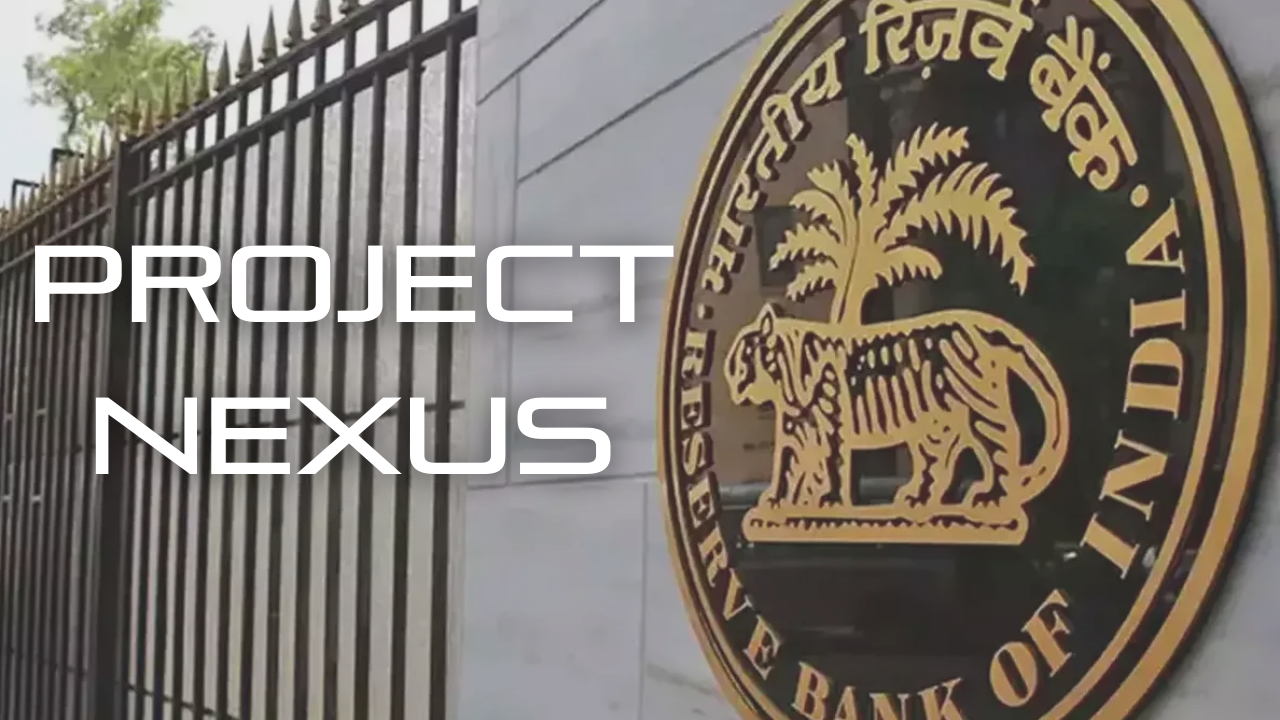Font size:
Print
Unified Payments Interface (UPI)
Context:
India is in discussions with several African and South American countries to assist them in developing digital payment systems based on its Unified Payments Interface (UPI), with two launches anticipated by early 2027.

More on News
- The two countries are expected to roll out their systems by late 2026 or early 2027.
- UPI saw a 41% rise in monthly transactions, reaching nearly 15 billion in August.
About Unified Payments Interface (UPI)
Overview of UPI:
- Definition: UPI is an instant payment system developed by the National Payments Corporation of India (NPCI) and regulated by the Reserve Bank of India (RBI).
- It allows for real-time inter-bank peer-to-peer (P2P) and person-to-merchant (P2M) transactions through mobile devices.
- Launch: UPI was officially launched on April 11, 2016, and has since become the most popular payment method in India, projected to account for 90% of retail digital payment transactions by 2028.
Key Features:
- Instant Transfers: UPI facilitates immediate fund transfers between bank accounts, operating 24/7, which enhances convenience for users.
- User-Friendly Interface: Users can make payments using a simple UPI ID (which can be a mobile number or QR code), eliminating the need for complex bank account details.
- Security: UPI employs secure authentication methods, including a consistent UPI PIN across apps, reducing the risk of fraud and unauthorised transactions.
- Interoperability: As an open-source API, UPI allows various mobile payment apps to connect seamlessly with banks, merchants, and users, promoting competition and innovation in the digital payments space.
- Financial Inclusion: UPI has significantly contributed to financial inclusion by providing access to digital transactions for individuals who may not have traditional banking facilities.
- Approximately 11% of India’s population is unbanked, and UPI enables these individuals to participate in the digital economy.
Impact on the Financial Landscape
- Growth in Transactions: In January 2024 alone, there were over 12 billion transactions worth ₹18.41 lakh crore ($222.17 billion), marking a 41.72% increase in transaction value compared to the previous year.
- Global Leader in Instant Payments: India has emerged as a global leader in instant payments, accounting for 46% of all global instant payment transactions in 2022.
- Economic Transformation: By simplifying digital transactions and making them accessible to a broader population, UPI has reshaped India’s financial landscape, fostering economic growth and enhancing consumer convenience.
- Support for Merchants: For merchants, UPI provides a cost-effective payment solution with no transaction fees for customers, enabling them to cater to a wider customer base while maintaining accurate digital records of transactions.
- Key International Agreements: Singapore, United Arab Emirates (UAE), Nepal, Bhutan, Sri Lanka, Mauritius, Peru, Qatar and Greece.
- Discussions are underway with countries like Bahrain and Namibia.



